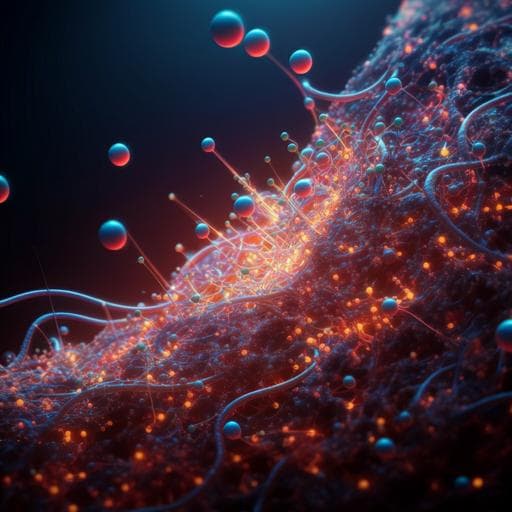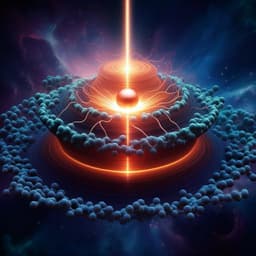
Chemistry
Accelerated discovery of molecular nanojunction photocatalysts for hydrogen evolution by using automated screening and flow synthesis
W. Zhang, M. Yu, et al.
This research, conducted by Weiwei Zhang and colleagues, showcases the accelerated discovery of molecular nanojunction photocatalysts, achieving impressive hydrogen evolution rates and quantum efficiencies. The findings highlight the critical role of molecular architecture and energy binding in optimizing these materials for enhanced performance.
~3 min • Beginner • English
Related Publications
Explore these studies to deepen your understanding of the subject.







